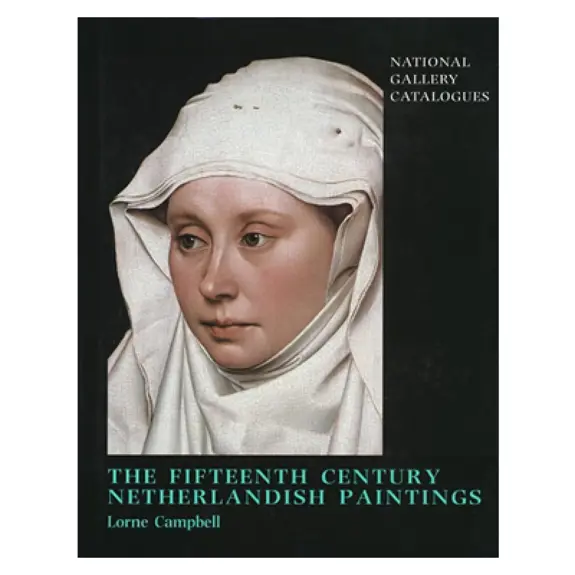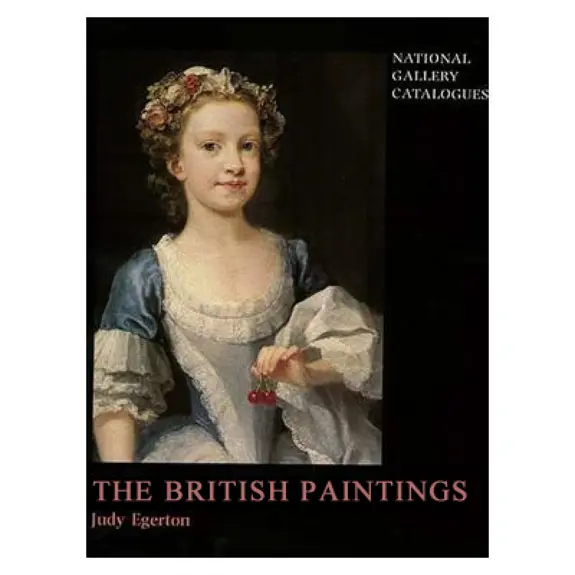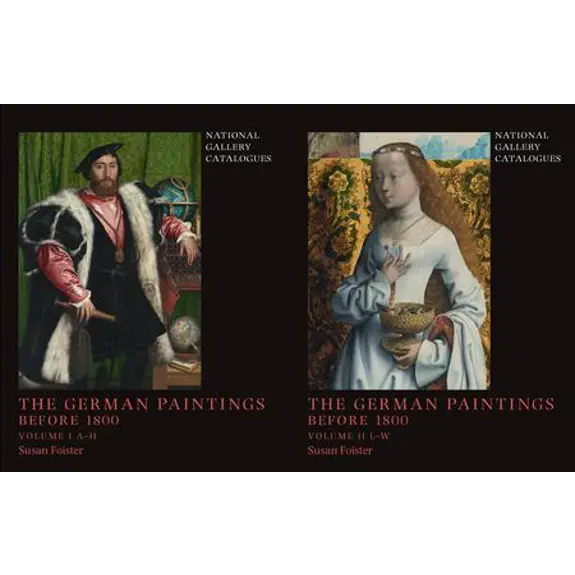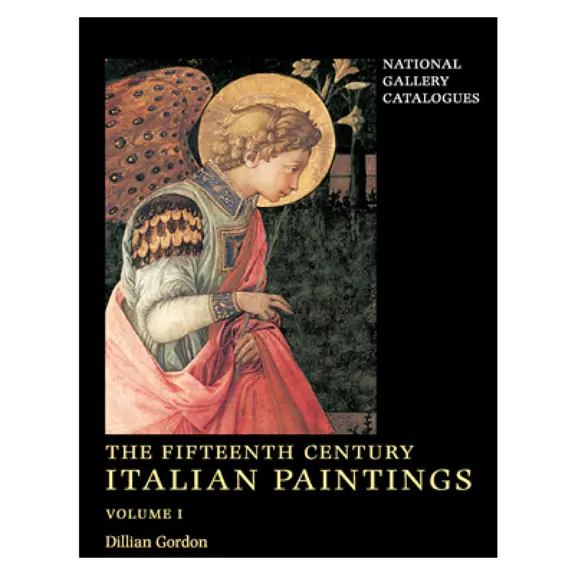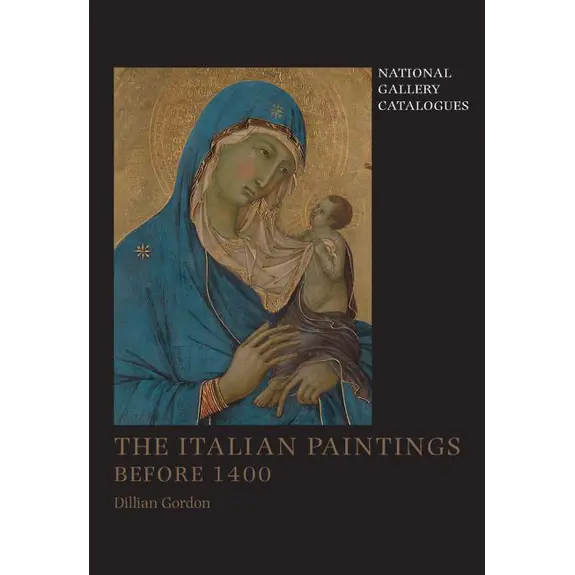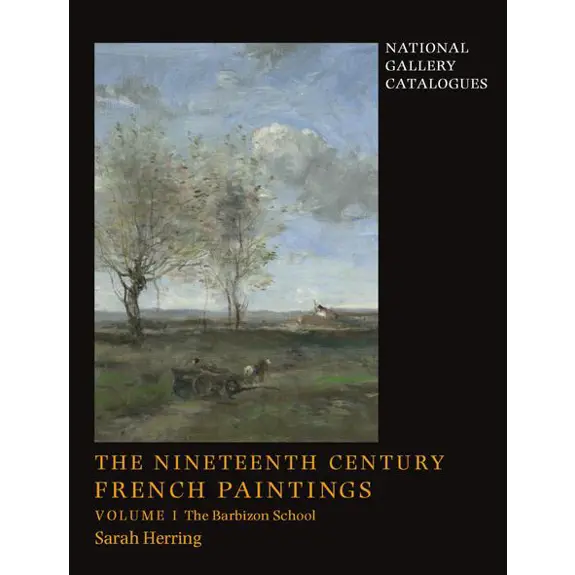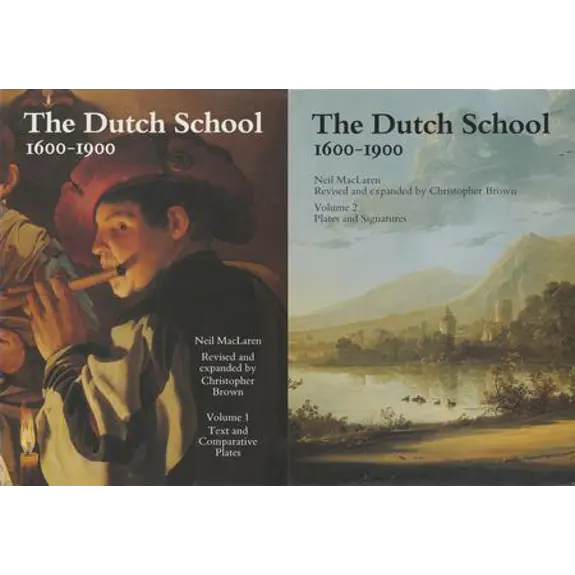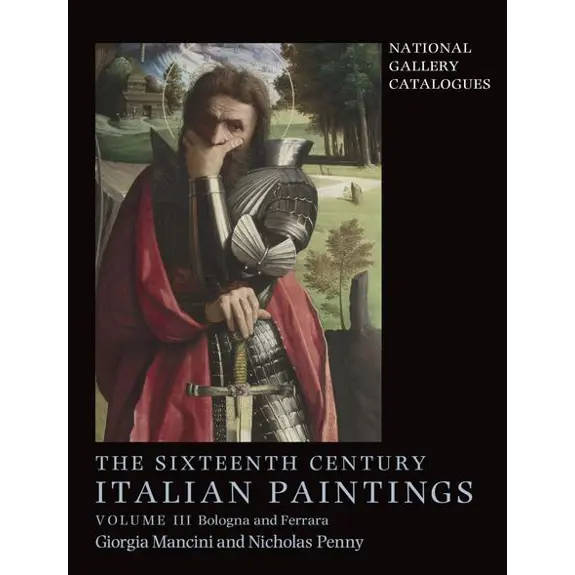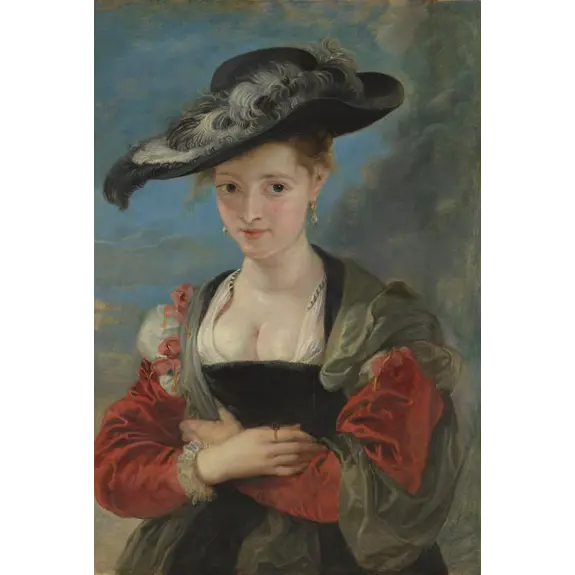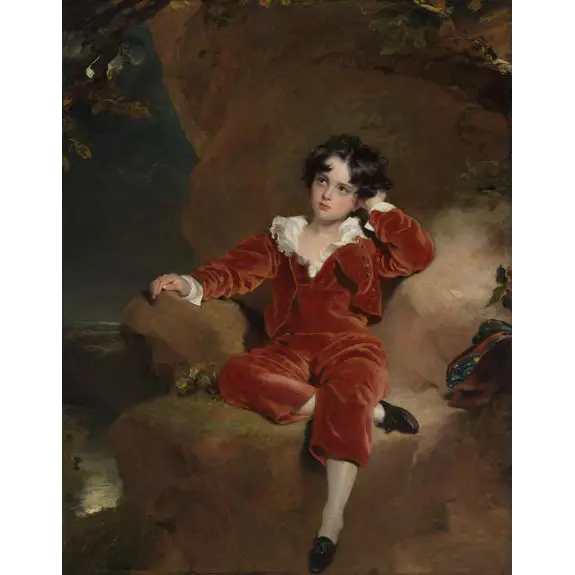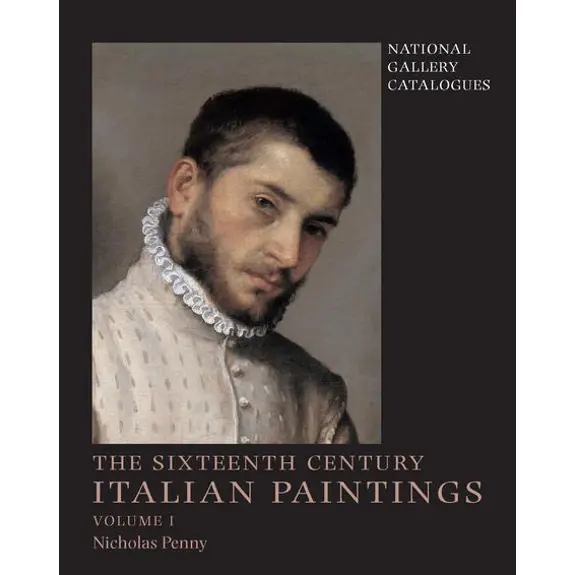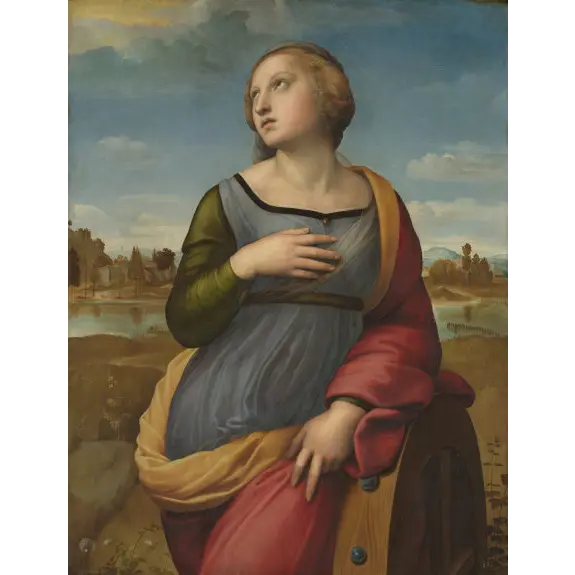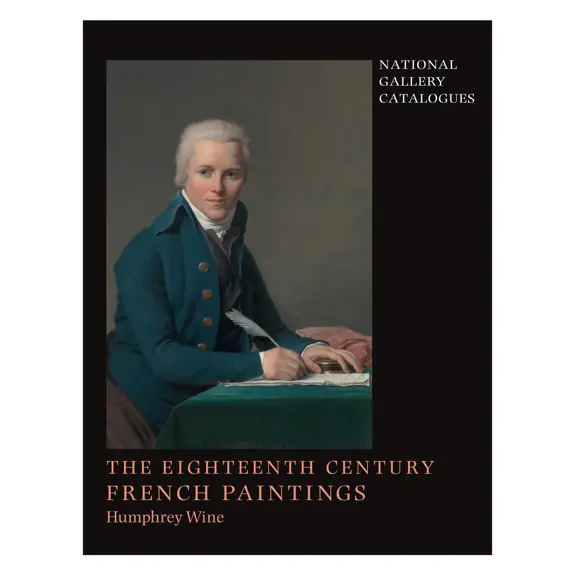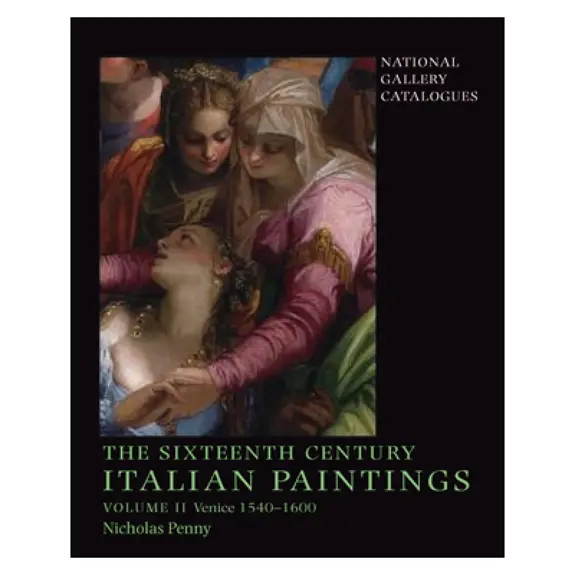
The Sixteenth Century Italian Paintings, Volume 2: Venice, 1540-1600
National Gallery Catalogues
Sir Nicholas Penny
London, 2008
Summary
This volume includes some of the greatest pictures in the National Gallery: Titian’s Vendramin Family venerating a Relic of the True Cross and The Death of Actaeon; Veronese’s Family of Darius and his four Allegories, and Tintoretto’s Origin of the Milky Way. There are also new discoveries, such as the small painting by Veronese of The Rape of Europa, long considered a copy, whose quality is revealed by recent cleaning. The great Bassano family, who worked outside Venice but often in the service of the city and its art market, is also well represented. Veronese may be the artist whose entire range is best displayed, with paintings of all sizes and types from his youth to maturity. But the influence of Titian pervades the entire period covered in this catalogue, and for that reason his works after 1540 are included here; his earlier paintings will appear in another volume.
The catalogue can also serve as an introduction to all the major types of painting produced in the city: the altarpiece, the confraternity chapel decoration, the ceiling painting, paintings for the portego (the long central hall of a palace), the portrait, and even furniture painting. Many of these pictures have passed through some of the greatest collections in Europe – most notably those of Emperor Rudolph II, in Prague, of Queen Christina of Sweden and of the Duc d’Orléans – and the stories behind their provenance represent key episodes in the history of European taste. The author’s account of how these works were acquired makes this catalogue an important contribution to the history of collecting and to the history of the National Gallery itself.
Online extracts from this catalogue
- Leandro Bassano, 'The Good Samaritan'
- Leandro Bassano, 'The Way to Calvary'
- Paris Bordone, 'Portrait of a Young Woman'
- Andrea Schiavone, 'Jupiter seducing Callisto'
- Domenico Tintoretto, 'Saint George and the Dragon'
- Titian, 'An Allegory of Prudence'
- Titian, 'The Death of Actaeon'
- Titian, 'The Tribute Money'
- Titian, 'The Vendramin Family'
- Titian, 'The Virgin suckling the Infant Christ'
- Paolo Veronese, 'Four Allegories of Love'
- Paolo Veronese, 'The Consecration of Saint Nicholas'
- Paolo Veronese, 'The Family of Darius before Alexander'
About the text
These catalogue entries are a mixture of new ‘born digital’ entries, and entries from previously published catalogues. A third of the previously published entries were chosen from among the Gallery's most important paintings, and two thirds from paintings that are interesting, but often overlooked.
When converting the previously-published files we have tried to stay as close to the original texts and arrangements as possible, whilst also creating online entries that are self-contained. This means that sections like bibliographies and appendices appear in the individual entry webpage. Bibliographies have been collated from various sources (this is why, for example, individual references may be formatted differently). The way we tag items to add them to lists of references may mean that the hyperlinking of references appears inconsistent – we’ll be working on improving this.
Editorially, we have corrected any known errors. We have also acquired and cleared new images, so credit lines have been updated. Images, which often fell in the middle of running text, have been moved to the next paragraph break. The main image for each entry has been moved to the top. Captions which applied to more than one image have been divided so that each image has its own caption.
Texts remain as they were published. In a few cases an ‘update’ section summarises recent research.

